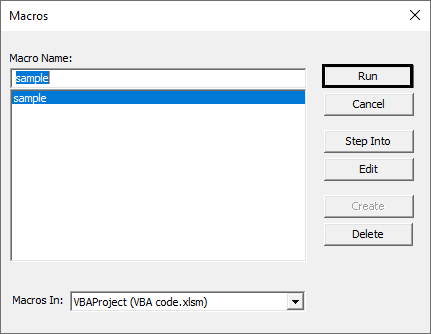



The following PowerShell script will manage the process of changing file names: $folder="c:\path\to\folder" #target folder containing files Coupled with top-notch features gives it a.
Fminer run code renamefiles mac os#
The software supports windows and Mac os x.Using Fminer translates to automatic success, as it features an intuitive design tool that is very simple and easy to use.
Fminer run code renamefiles full#
Populate the CSV as follows: Path,FileNameĬ:\path\to\filename1.JPG,newfilename1.JPGĬ:\path\to\filename2.JPG,newfilename2.JPG Fminer is powerful software built to carry out quite a number of instructions such as web scraping, web harvesting, web data extraction, web crawling, web macro and screen scraping. Here is a code snippet, where the first parameter is the full path of your current file and the second parameter is the name of the new file you want to rename your file to. Renaming 1 file in cmd is very easy: In this example we have a sample1.txt and we want to change its name to sample2.txt: in command prompt type: c:\temp> ren sample1.txt sample2.txt enter Let's say the filename is sample1-some-unwanted-text-1234.txt and we want to change it to sample1.txt: in. Column 1 = Current file name, including path.Using Microsoft Excel or similar, create a CSV files with two columns: The following process will allow you change file names en masse based on a CSV file: Step 1: Create a CSV So, we are going to rename this file, using the above program. Let us assume we have a text file file.txt, having some content. Writing code in comment Please use, generate link and share the link here. Rather than a meaningless string, I wanted file names to include an identification number as well as some experimental parameters so that I could match the photo to the plant later on. The following example shows the usage of rename () function. Or, we would like to scrape data at first, and download the files later. For example, when the image URLs in 'style' of HTML code, we can extract their links, but can't download them when extraction. But sometimes, we just can scrape URLs of files. Unfortunately the standard “IMG_xxxx.JPG” naming convention had been used. FMiner can download files assigned in 'capture content'. JPG images files that I needed to match up to individual plants. Create a header for each column: Column 1 Path. Use this simple PowerShell script to change hundreds or thousands of file names automatically, based on a CSV.Īs part of a scientific experiment, I had a large number of. Using Microsoft Excel or similar, create a CSV files with two columns: Column 1 Current file name, including path.


 0 kommentar(er)
0 kommentar(er)
